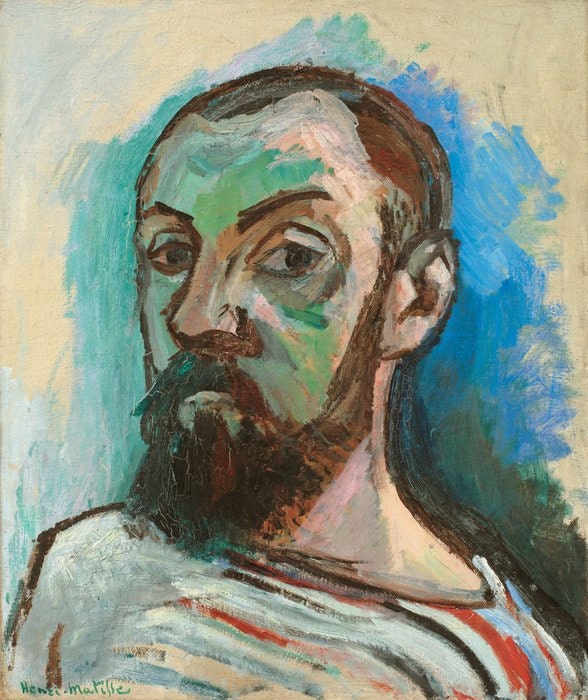In hues bold and lines so free, Matisse danced with art's decree. From Fauve's wild to paper's grace, He painted life, time, and space.
Born in the endearing charm of Le Cateau-Cambrésis in Northern France on New Year's Eve of 1869, Henri Matisse grew to become a titan of the art world, his name often spoken in the same breath as his friend and rival, Pablo Picasso. Both artists shaped the revolutionary developments in the visual arts in the early twentieth century, leaving an indelible mark on painting and sculpture.
The journey of Matisse from a law student in Paris to a maestro of modern art is a tale of passion and discovery. Following an episode of ill health, Matisse found solace and a "kind of paradise" in painting, a medium his mother introduced him to during his convalescence. This newfound love for art led him to renounce his law career, much to his father’s disappointment, and embark on a lifelong journey in the pursuit of artistic mastery.
Matisse’s style underwent significant evolution, with the turn of the century marking his association with the Fauves, a group known for their wild use of color. It was a visit to Australian painter John Russell in 1896 that introduced Matisse to Impressionism and the works of Vincent van Gogh, resulting in a dramatic shift in his palette and style. The influence of artists such as Chardin, Poussin, Manet, and Cézanne played a crucial role in shaping Matisse’s artistic outlook, leading him towards a unique blend of color and structure. His relocation to a suburb of Nice in 1917 marked another shift in his artistic journey, with his work during the 1920s earning him acclaim for upholding the classical tradition in French painting. Matisse continued to evolve, adopting a bolder simplification of form after 1930 and later creating significant works in cut paper collage due to ill health that hindered him from painting. The personal life of Matisse was as richly textured as his canvases. With his wife, Amélie, he raised three children and faced numerous challenges, including the financial scandal involving Amélie’s parents, which left Matisse as the sole breadwinner for his extended family. Despite hardships, Matisse's dedication to his art remained unwavering.
Matisse’s rendezvous with Pablo Picasso in April 1906 marked the beginning of a lifelong friendship and rivalry, with both artists exploring themes of women and still lifes, albeit with differing approaches. Matisse's inclination towards drawing from nature contrasted with Picasso’s imaginative renderings. Their association with American collectors such as Gertrude Stein and the Cone sisters significantly influenced their careers, bringing their masterpieces to a wider audience.
Henri Matisse's body of work, spanning over five decades, stands as a testament to his mastery of the expressive language of colour and drawing. His evolution as an artist, relentless pursuit of beauty, and contribution to modern art remain etched in the annals of art history, celebrating him as a true visionary and a leading figure in modern art.
